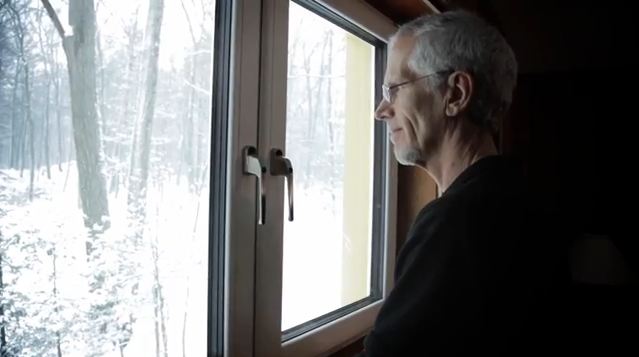- September 24, 2015
- 0 Comments
- In High-Performance Construction
- By
If nothing else, people are adaptable. While something might be an annoyance at first, we often figure out a way to manage it and move on. Unfortunately, we all too often do this when it comes to our greatest life investment…our homes. Whether an existing or new home, we almost always are not comfortable in our home or at least portions of our home. One, several, or even the entire home may never be at desirable conditions, but we learn to cope with it by putting on layers of clothing or adding small electric heaters to cold spaces, or supplemental fans in hot ones. So we are not comfortable as we allow our conditioned air to easily escape our homes and our utility bills continue to be high. The simple question is…why?

“People have all sorts of misconceptions about the sacrifices that they feel they have to make in high performance homes and it is completely untrue. It is exactly the opposite. The even temperatures, the lack of drafts, the feeling of warmth, comfort, and right levels of humidity and fresh air…they are unrivaled. Comfort is something you have never experienced properly in a home until you have a high performance home.” – Michael Trolle, BPC Green Builders
(Source: CT Zero Energy Challenge 2012)
One of the greatest boons and curses to the building science industry is energy efficiency programs. Through programs like ENERGY STAR, homeowners are more conscious of energy efficiency. However, to promote the market adoption of better buildings, we have pushed the market into only thinking about cost benefit. Most often this analysis is a simple payback period (cost of investment divided by cost of estimated annual savings) and the threshold for an acceptable simple payback is typically seven years or less. Through marketing and incentive programs, this is the message that homeowners are receiving.
But what is the value of comfort, improved health, and durability? These are attributes that are intertwined with many energy efficient measures, but are simply not accounted for in any of today’s cost metrics. Through our work with the Department of Energy’s Zero Energy Ready Home (ZERH) Program, we have assisted numerous builders and homeowners to achieve the ZERH certification¹. We like to check back in with the homeowners after a year to see how well the homes are actually performing versus the initial design estimates. In every instance, the homeowners have been ecstatic about their low utility bills. But, the first thing that they tell us about their homes is not the low cost of operation. The first thing they want to tell us about is the comfort of their homes. We often also hear that they haven’t been as sick or asthmatic as they were in their previous home. There is tremendous value in these attributes of their homes. While there is not a cost metric that quantifies these benefits, it is truly telling that homeowners that experience these attributes are adamant that they would not go back to living in a typical home.
Energy efficiency is the driving force of our industry, but we need to start valuing and promoting the comfort, indoor air quality, and durability attributes associated with comprehensive building science.
